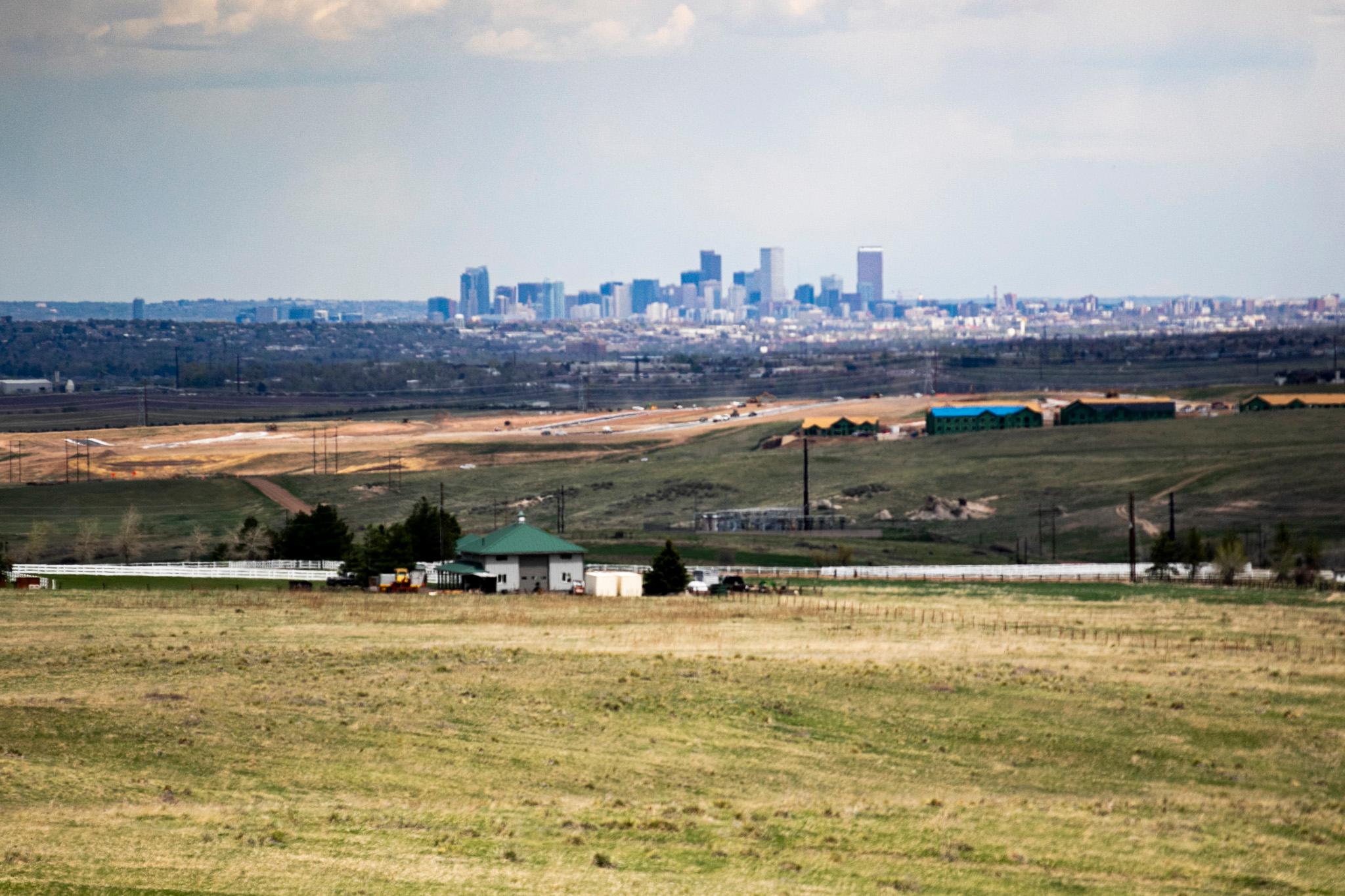Gov. John Hickenlooper's proposed 2017-18 budget calls for reducing spending on education and transportation needs to make up for a projected $500 million gap between needs and available revenue.

The $28.5 billion budget was submitted to the Joint Budget Committee on Tuesday afternoon. It represents a 3.3 percent increase over this year's expected budget. (The expected budget is how we're projected to close out the fiscal year, as opposed to what spending was actually approved.) The general fund proposal is $10.9 billion, a 3.7 percent increase over this year.
The increase does not keep pace with demands on the state budget created by existing laws, the governor's office said. The Governor’s Office of State Planning and Budgeting identified $926.1 million in new needs that must be balanced against $426 million in available new revenue.
Here are some of the things the state budget must cover:
- New students and inflation in K-12 education: $243.5 million
- Projected Taxpayer’s Bill of Rights (TABOR) rebates: $195.0 million
- Repaying the current year’s reserve: $180.8 million
- Statutory transfers to transportation and buildings: $164.0 million
- New Medicaid costs: $142.8 million
And here are a few examples how the governor proposes to make up the shortfall:
- The budget doesn't fully make up for enrollment growth and inflation for K-12 education.
- The budget would cut expected money for transportation projects by $109 million.
- The state would collect $195 million less from fees on hospitals, compared to the maximum allowance. (How does this help? It's complicated. More on that further down.)
- The state would take for itself $32 million of severance tax money, which is collected when nonrenewable resources are extracted. That money often goes to cities and towns.
The governor's proposed budget and the actual budget will not look the same. Lawmakers will have their own ideas about what the budget should include and how cuts should be made.
Depending on the outcome of the election Tuesday, this year's budget process could reprise many of the battles of the 2016 budget or could see progress on a major goal of the governor's: turning the hospital provider fee into an enterprise fund.
The hospital provider is a per-patient fee charged to hospitals that is used to pay for health care for people who can't afford insurance plans and offset some of the costs of Medicaid. This fee brings in a lot of money, which means the state budget has been pushed above limits imposed by the Taxpayer's Bill of Rights, which in turn means the state has faced budget cuts in recent years because it has too much money.
Hickenlooper, most Democrats in the legislature and some Republicans want to see the hospital provider fee turned into an enterprise fund, which would put that money in its own pot, separate from the rest of the budget, where it wouldn't contribute toward TABOR limits. In the last legislative session, not enough Republicans agreed to get that change through the Republican-controlled Senate.
Hickenlooper is required to submit a proposed budget by Nov. 1. Without knowing which party will control the legislature, Hickenlooper proposes a solution that was worked out for the 2016-17 budget: capping the amount of money the hospital provider fee brings in to an amount that is $195 million less than the maximum.
But if Democrats are able to take control of the Senate -- and keep the House -- then they could move the hospital provider fee into an enterprise fund and free up a lot more money in the budget.












